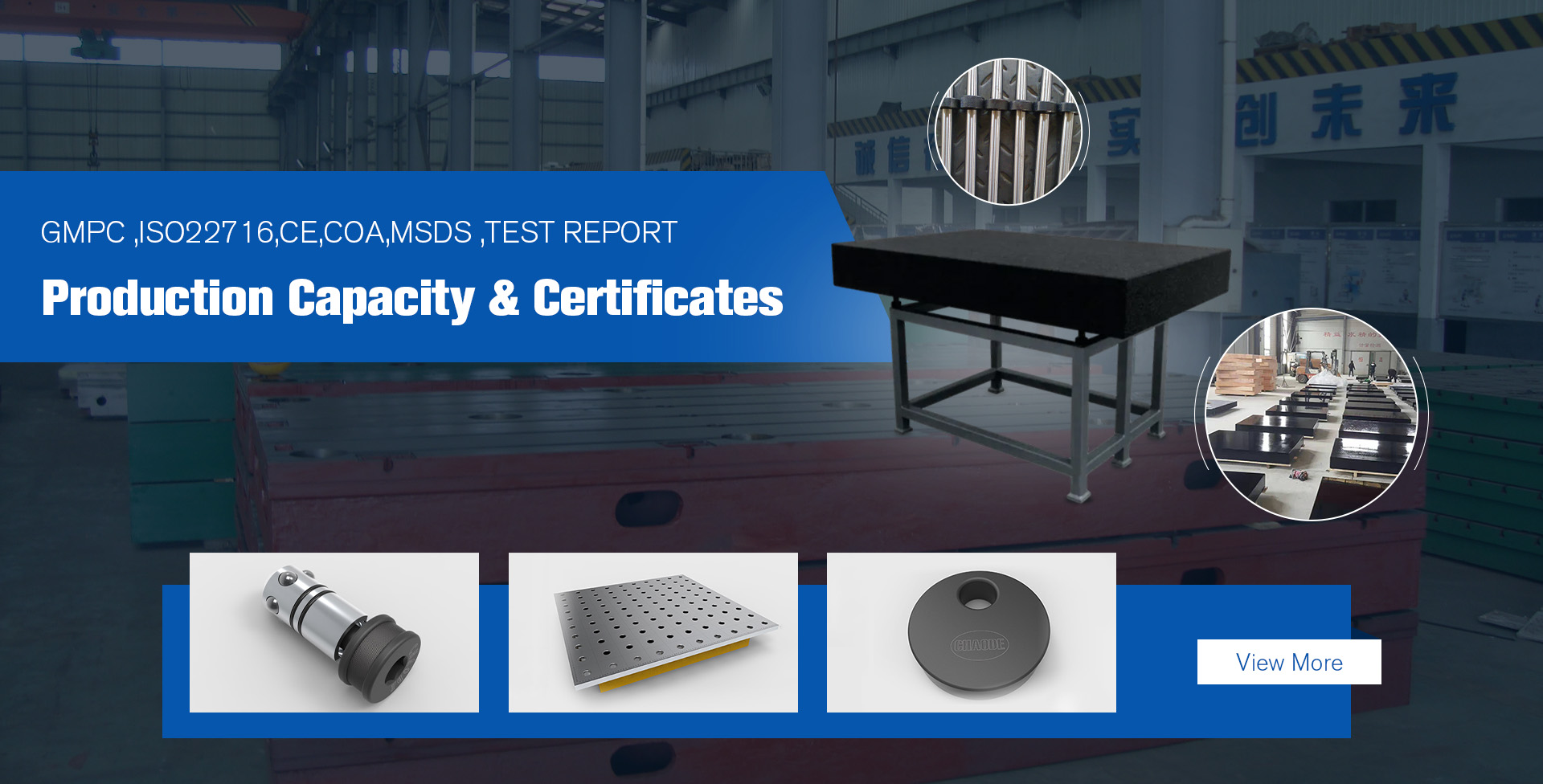Jul . 25, 2024 04:36 Back to list
Understanding Threads Per Inch Gauge for Accurate Measurement in Machining and Engineering Applications
Understanding Threads Per Inch (TPI) Gauge A Key Aspect of Thread Manufacturing
In the world of manufacturing and engineering, the terminology associated with threading can sometimes become a point of confusion. One of the crucial measurements in this domain is threads per inch (TPI), which plays a significant role in the quality and functionality of threaded components. Understanding TPI is essential for engineers, manufacturers, and anyone involved in working with threaded materials.
Threads per inch refers to the number of distinct threads that can be measured within a linear inch of a threaded rod or bolt. This metric helps in determining how finely or coarsely a thread is cut. For instance, a bolt with 10 TPI has ten threads, while one with 24 TPI features 24 threads in the same measurement space. The specified TPI affects not just the strength and durability of a fastened joint but also its resistance to wear and tear over time.
Understanding Threads Per Inch (TPI) Gauge A Key Aspect of Thread Manufacturing
Furthermore, TPI is not only applicable to bolts and screws; it also extends to nuts and various types of fittings used in plumbing, automotive, and construction applications. Understanding the compatibility between bolts, nuts, and threaded holes is crucial for ensuring that components fit together seamlessly. Incompatibilities, such as mismatched TPI, can lead to stripped threads, increased wear, or even catastrophic failures during operation.
threads per inch gauge

Another critical consideration when dealing with TPI is the relationship between thread pitch and TPI. Thread pitch, typically measured in millimeters for metric threads, is the distance from one thread to the next. For example, a thread with a 1.0 mm pitch is finer than one with a 1.5 mm pitch. In imperial threading, this concept converts directly to TPI. Thus, there is a distinct and important relationship between these two measurements, emphasizing that comprehending both is essential for proper application and design.
The manufacturing of threaded components often involves various machining processes, including turning, tapping, and CNC milling. Understanding TPI allows engineers to determine the appropriate tooling and techniques required for efficient production. A thorough grasp of thread specifications can help in optimizing both the manufacturing process and the product's end quality.
In addition to its mechanical applications, TPI is often a consideration in regulatory compliance and safety standards. Industries such as aerospace and automotive are particularly stringent regarding thread specifications to ensure safety and adherence to regulations. Failing to account for the correct TPI can lead to issues that not only affect performance but also impact the safety of machines and systems widely used in these sectors.
In conclusion, threads per inch (TPI) is a fundamental concept in the manufacturing and engineering fields that cannot be overlooked. Its implications stretch from choosing appropriate fasteners to ensuring compatibility between components and adhering to safety standards. By developing a comprehensive understanding of TPI, professionals can enhance the reliability and effectiveness of their threaded applications, leading to improved overall product performance and safety. As industries continue to evolve, the importance of such basic yet critical measurements remains pivotal for innovation and excellence.
-
Water Valve Gate Design Prevents Leakage and CorrosionNewsJul.11,2025
-
Steel Fab Table Features Reinforced Construction for LongevityNewsJul.11,2025
-
Specialized Valve Designs for High Pressure SystemsNewsJul.11,2025
-
Machinist Gauge Pins Feature Ground and Lapped FinishesNewsJul.11,2025
-
Hose Check Valve Prevents Backflow in Irrigation LinesNewsJul.11,2025
-
Durable Micrometer Tools Withstand Heavy Workshop UseNewsJul.11,2025
Related PRODUCTS









